It’s been a while since I’ve posted on my blog – the reason being a combination of plodding along with my PhD but also settling into a new(ish) job. But having some recent conversations with colleagues from across the HE sector regarding educational development and curriculum design I felt compelled to capture some of my thoughts around the fact that as a sector we seem to have developed a self-inflicted over-complex process for programme/course design and approval. This is a bit of a stream of consciousness but thinking in the open is often a richer experience than keeping it to myself, so here goes.
The U.S. Marines apparently came up with the design principle “keep it simple, stupid” (KISS) hence the title of this post, and so having been reflecting on the complex nature of curriculum design (and a concern that this complexity might in fact negatively impact the quality of that curriculum) I set out to consider what curriculum development might look like if we simplified the process & expectations of it.
Before we get stuck in I think it’s always useful to set out some caveats so firstly to be clear I am not suggesting that we simplify curriculum “content” but that we seek to simplify the process for designing and approving courses/programmes.
Secondly, I will draw upon some principles of Constructive Alignment and through that approach seek to develop an overall programme design within which a number of modules/units/topics are considered holistically through vertical and horizontal alignment within a cognate subject area. (I know there are critics of the constructive alignment model but some of the principles contained within it have proven most valuable to me as I have both developed courses and supported others to do so also).
Thirdly, that this simplification process is three-fold, first that it should speed up the course validation & re-validation process, it should make it feel less bureaucratic (simplification of process) and that it should improve the overall quality of the programme and the resulting student experience.
With that in mind let’s get started:
Learning OUtcomes
I’ll start with learning outcomes because ultimately this is where I often see that we might have an overly complex process and one which is often bureaucratically driven and perhaps limited in value as part of a curriculum design process if we don’t get it right.
Within my work as a lecturer, course leader, educational developer, learning technologist, external examiner etc it seems to me that where learning outcomes (LOs) work well they are the often the backbone of any undergraduate course, but all too often I have seen examples where these are too numerous to be meaningful (especially where you may have programme LOs, Level LOs and Module LOs), poorly written, hidden from students, often over assessed and in some cases aren’t even linked to the module assessments (or influencing the design of them).
However, there is no doubt in my mind that it is important to define what we are intending our students to learn through their engagement with our programme so we need to have a form of LO in order to articulate this in some way. (It could be that rather than using learning outcomes in their current form we might set out a set of skills/knowledge/abilities/attributes that our graduates should have upon completion of the degree programme, but whatever their form we’ll stick with the term, learning outcome for now).
My first suggestion might be that in order to KISS we simplify the LOs we have. W could do this in a number of ways, depending on preference:
- We just have an agreed set of programme learning outcomes and no additional module or level learning outcomes (recognising of course it may be appropriate to identify that some of these outcomes are developed and assessed at different levels of study (e.g. L4/L5/L6) but ultimately there would be one set of outcomes from which the rest of the programme design is based).
- Or we might just decide to have module LOs and these use used to then build up the programme (and ultimately become the programme LOs)
- Or we developed learning outcomes at the level of study (and these ultimately become the set of programme LOs.
Ultimately what we are seeking to do here is to simplify the task by focussing on one type of LO, rather than a multitude of LOs types – thus making them clearer to develop and more purposeful.
My personal preference would be as a course/programme team develop a set of programme learning outcomes from which the team then design the curriculum (then the whole team have a sense of ownership of the programme, rather than just a module).
MODules
OK I’ll put my cards on the table – I think a modularised structure is generally quite divisive. By it’s very nature it encourages siloed thinking and curriculum development and it’s an administrative mechanism to allocate people (staff and students) and record student achievements.
From my experience there are very few UK UG degree programmes that are not structured around a modular system. Although the size (in terms of credits) and structure (in terms of delivery models) might vary, the basis of the programme design is generally of a modular nature. Whilst in terms of organisation and planning this might seem preferable I have seen first hand how this modularisation hampers collaboration and more specifically it increases the likelihood that some modules are written with little consideration for the overall programme(s) within which they sit.
Is it then feasible to shift away from the idea of modules and just focus more upon the activities for learning? If, as I have suggested, we focus entirely on collaboratively defining programme LOs, could we design learning activities (and associated assessments) outside of a modular system? In theory I think this is entirely possible, but practically it might be just too challenging for many instituions to achieve.
However, I think that it would be entirely possible to find a middle ground, where we maintain a modular structure but where those modules are developed in direct response to the programme outcomes (so that they are more outward facing and holistically considered) thus ensuring that any modules on the programme clearly contribute to the already defined attributes – this is of course the principle of the constructive alignment model, but rarely do I see successfully implemented due to the fact that the module learning outcomes become the focus and priority.
Assessment & feedback
In line with the idea of Keeping it Simple we should also consider the extent to which we can simplify assessment and feedback processes. If, as I previously discussed, we focus on only having programme level outcomes only then any assessments should be designed in such a way that they enable students to evidence their achievement of them (again a constructive alignment principle). This should be the case for both formative and summative assessments – that they are purposeful and valuable in a way that directly supports students in evidencing their achievement of the programme outcomes. Alongside this we must more clearly “design” feedback mechanisms and activities and identify these alongside the assessments – one of the eureka moments in my own teaching was when I started to really give time and space in my teaching for feedback and discussion on formative and summative assessments. Not only were students much more focussed on their learning, but they also made connections between the learning and the purpose of it.
Ultimately I think it would be wonderful if we were able to offer students a variety of “off the shelf” assessments that had been designed by academic staff alongside opportunities for them to design their own assessments in discussion with academic colleagues that aligned to subsets of programme learning outcomes
When A KISS feels like a KICK
Ultimately the intention would be to not only simply the programme design process (reducing complexity of requirement and simplifying to an agreed set of programme only LOs) but also to get programme teams to work more collegiately. For some academic teams this will feel fairly natural, but for many this will feel very uncomfortable (much like a kick!)
The most successful programmes I have taught on have been those where the course team are all on the same page, have a shared vision for the programme and the student experience and are clear how their contribution fits within the overall structure. Whilst we might be able to change processes and procedures, ultimately we have to changed the siloed nature of modularised curriculum.
Final thoughts
Like I say, this is just me thinking aloud – it’s still not perfect and there is so much more to unpick in terms of processes and procedures around programme/course approval etc, but I think first we have to start with what a simple, robust curriculum design process looks like before we begin defining any of the processes and procedures.
Key Takeaways:
- Programme teams need to work collegiately to develop agreed programme level attributes (learning outcomes) that graduates from the programme would be expected to develop and evidence. – Some colleagues will find this challenging as it means a deeper involvement in the programme design process than they may be used to but longer term should it should simplify and enhance their module development activity.
- Removing the need to develop any separate module/level learning outcomes will reduce the administrative burden and simplify the design process. Very rarely have I seen close symbiotic relationships between programme / level / module learning outcomes and so let’s just keep it simple with one set to which the course aligns.
- Rethink the modularisation of the curriculum – some arts-based degrees I have been on validation panels are very good at this (despite often having to fight against the procedures to achieve this).
- Increase flexibility around assessment design with a mixed model of pre-defined “off the shelf” assessments as well as opportunities for student designed assessments.
- We must make time and space for feedback and design it in – it has to be integral to the curriculum design process as much as the design of the assessment itself.
Ultimately by simplifying the design process we should be able to encourage teams to spend more time thinking about the design of the curriculum in am ore holistic manner as well as more fully understanding the student journey through that curriculum (vertical and horizontal alignment of the curriculum).




No responses yet